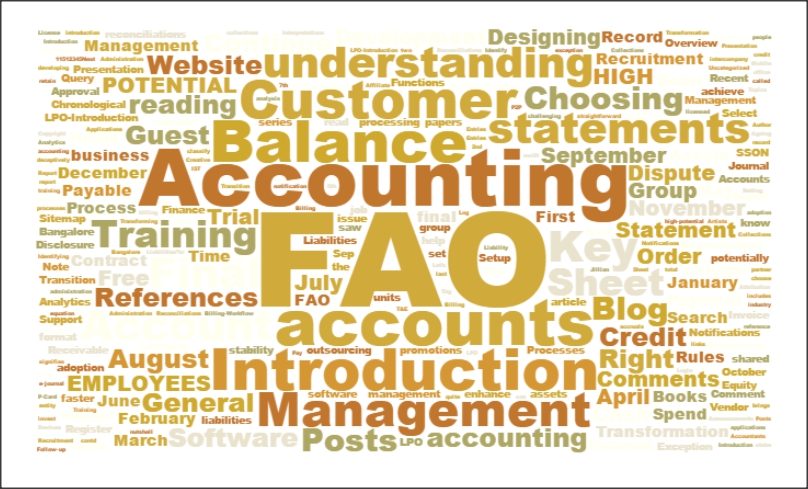You read part 1 and part 2 on transformation from Frank Diana of TCS:
https://faoblog.com/closer-transformation-part-1/
https://faoblog.com/closer-transformation-part-2/
Part 3 is shared below:
A Closer Look at Transformation – Part 3
Continuing with this closer look at transformation, part three focuses on differentiation; the fourth forcing function. Differentiation is a process that showcases the differences between products and services. It looks to make an offering more attractive by contrasting its unique qualities with other competing offerings. Successful differentiation should create competitive advantage, as customers view these offerings as unique or superior. In his piece on The Future of Enterprise IT, Geoffrey Moore, famous author of “Crossing the Chasm” describes the global business dynamics (Slide 10) that places differentiation at the center of a virtuous (perhaps vicious) cycle. His key message is that globalization and rapid commoditization are placing greater emphasis on differentiation, especially in developed economies.
As a reminder, forcing functions are those things that force the enterprise to invest in a future state. The changing ways companies must differentiate in the future is driving a compelling need for investment. In the case of differentiation, the key drivers behind this forcing function are:
- Rapid commoditization
- A growing number of product and service alternatives
- Eroding barriers to entry
- Ten times the number of innovators at one tenth the cost
- Start-ups and Internet Companies entering non-traditional businesses
- New non-traditional market entrants
- Higher customer expectations
Here is the full article:
http://sites.tcs.com/insights/perspectives/a-closer-look-at-transformation-part-3#.UjLLhManolQ
Disclaimer: The above article is in no manner the property of the FAO Blog or any of its authors, constituents or owner. It has been shared for our blog readers / followers and an appropriate link has been provided to the author’s / owner’s website, so that our readers can read the article at the source of publishing. We have shared only some lead text to assist our readers identify the nature of the article. The FAO Blog is in no way associated with the author / owner who published the article and does not claim any ownership on the article. We respect the intellectual property right of the author / owner. Any dispute for the segment shared on our blog may be sent to our email id blogmasterfao@faoblog.com




Greetings! Somebody inside Facebook cluster shared impartial with us so that i came to check this stuff out. I’m obviously loving the knowledge. I’m book-marking and can be tweeting it to a followers! Splendid blog and even excellent pattern and pattern.
I merely required several information and also was seeking on Google because of it. I been to each site that emerged on initial page and also didn’t received any related result however thought to see the next one and also got your blog. This will be what I need to!